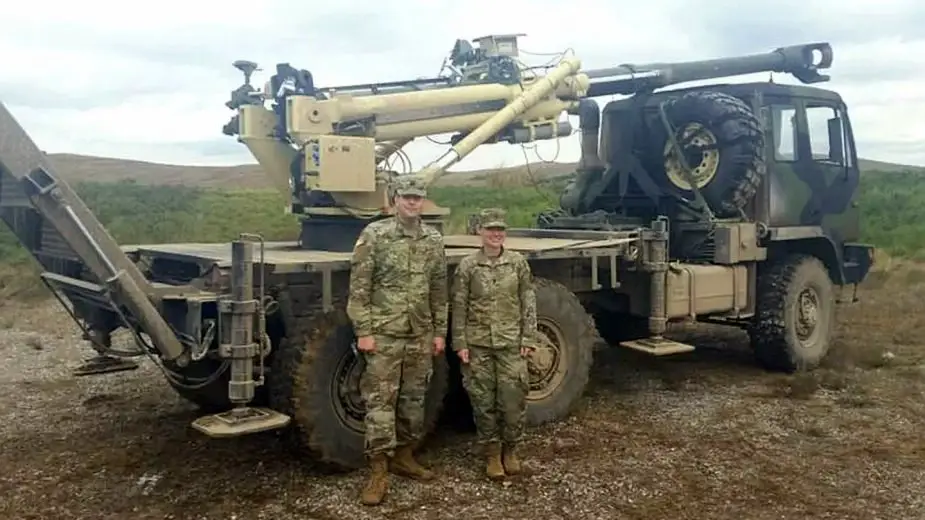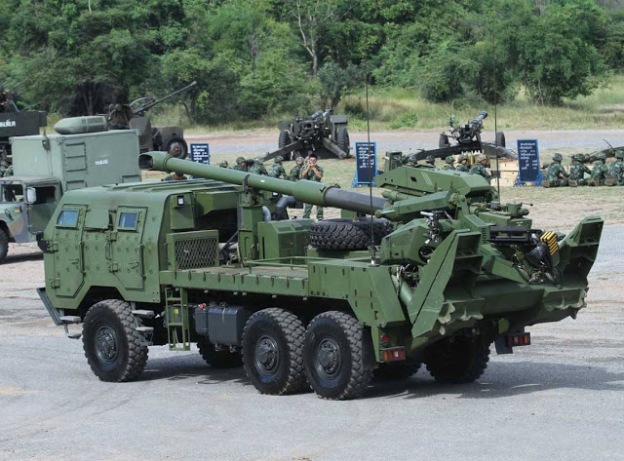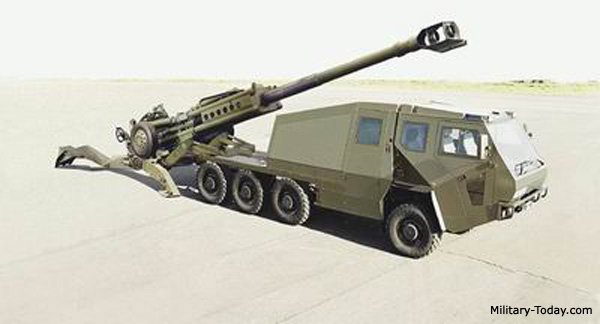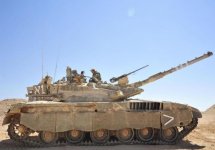VULCANO 155MM (80 km)
“VULCANO” is a family of unguided (BER) and guided (GLR) ammunition for the 76mm, 127mm naval guns and 155mm land artillery systems.
The VULCANO 155mm ammunition gives the 155/52 caliber and 155/39 caliber Howitzers the capability to extend their operative range and precision beyond the actual limits, minimizing engagement costs and collateral damages.
VULCANO 155mm projectile is a sub-caliber, fin stabilized airframe, compatible with the use of standard modular charges, with no need of additional propulsion; it is loaded with Insensitive Explosive and Patented tungsten rings; the mechanical interfaces are the same as in standard 155mm ammunition.
VULCANO 155mm available rounds are:
Ballistic Extended Range (BER) unguided multi-role ammunition with multi function (Altimetric, Impact, Delayed Impact, Time, Self-Destruction) programmable fuze;
Guided Long Range (GLR) with canard control actuated by IMU + GPS guidance system for navigation (gliding trajectory )and possibility of terminal guidance (pull down) with optional Semi-Active-Laser (SAL).
A Mission Planning Module allows exchanging data with the Fire Direction Centre for the management of the Firing Mission.






